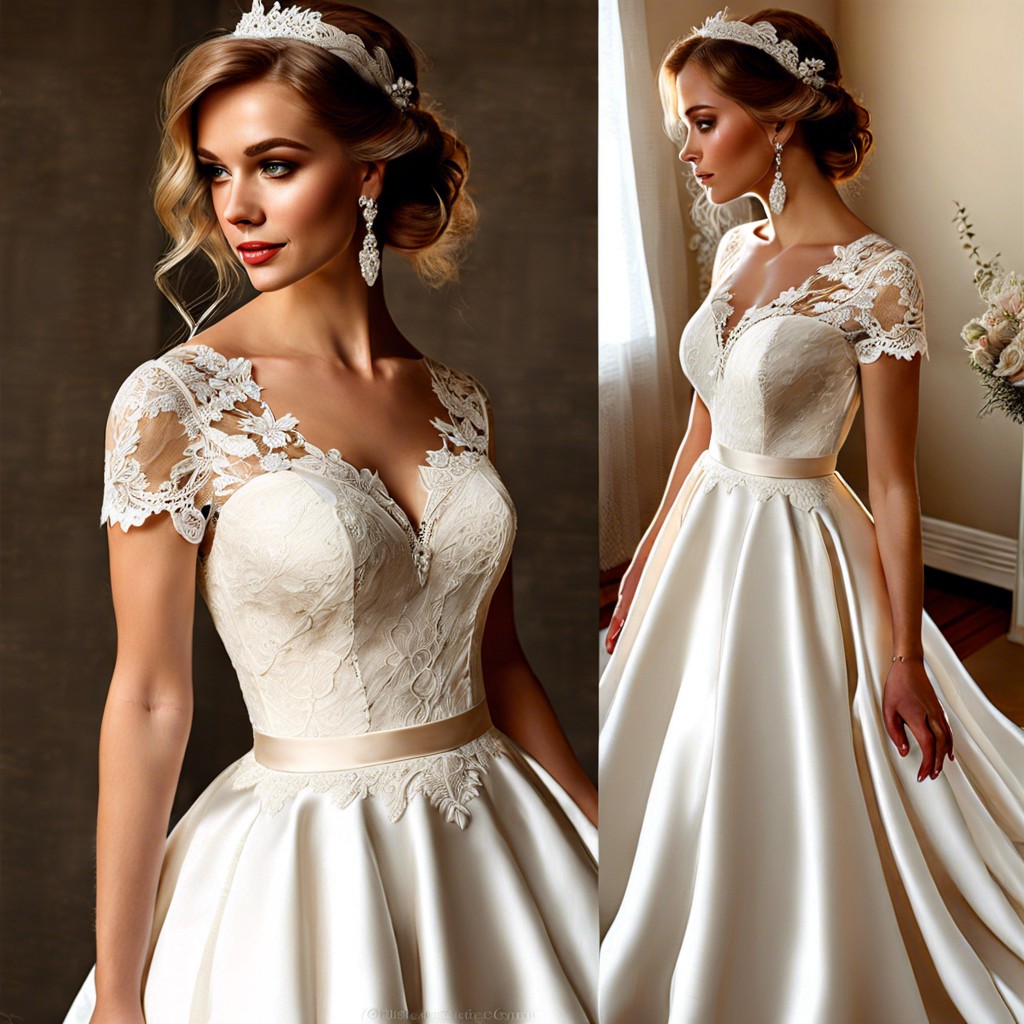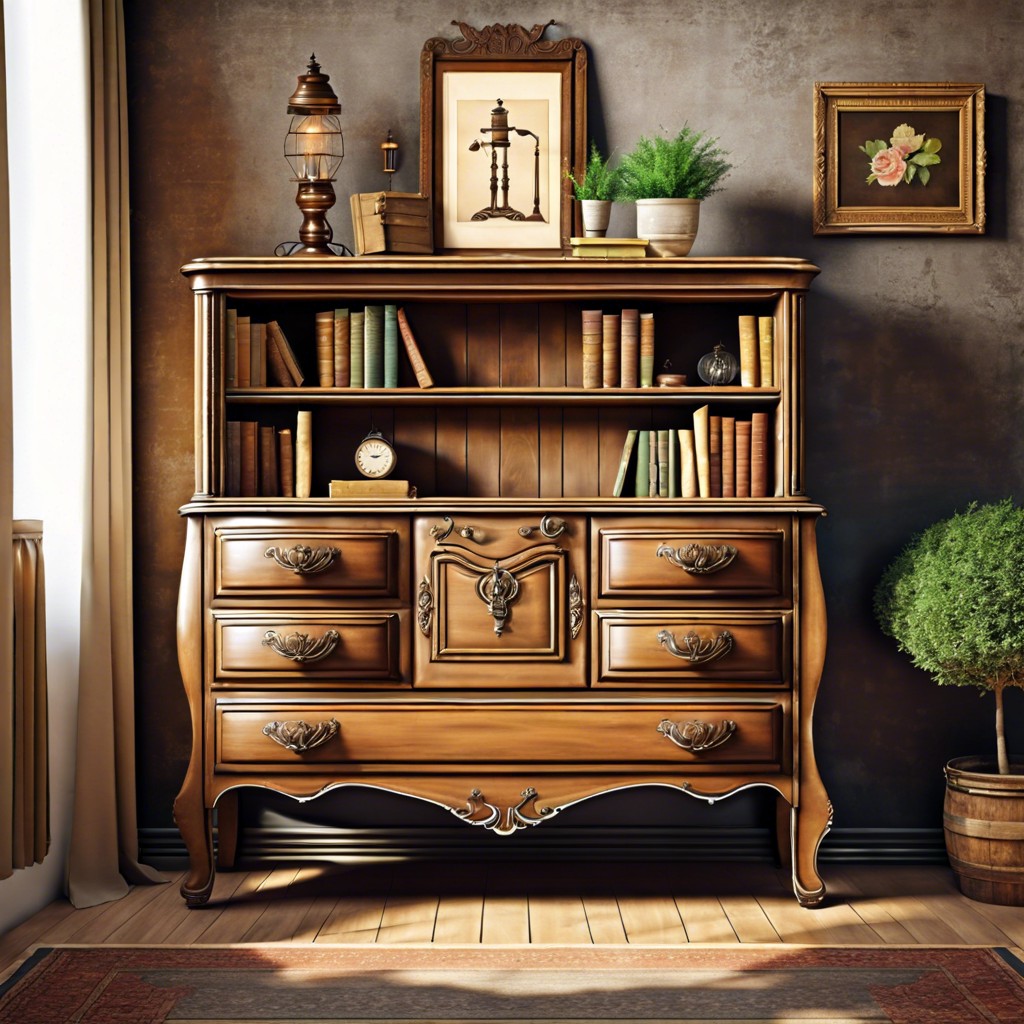Last updated on
Discover how vintage floral wallpaper can elevate your home’s decor with its timeless charm and character.
Key takeaways:
- Vintage floral wallpapers offer timeless charm and character.
- Floral wallpapers have a rich historical context and have evolved over time.
- Installing vintage floral wallpapers requires precision and patience.
- Vintage floral wallpaper has made a comeback in modern interiors.
- Preserving vintage floral wallpaper in historic homes requires careful maintenance.
Design Style
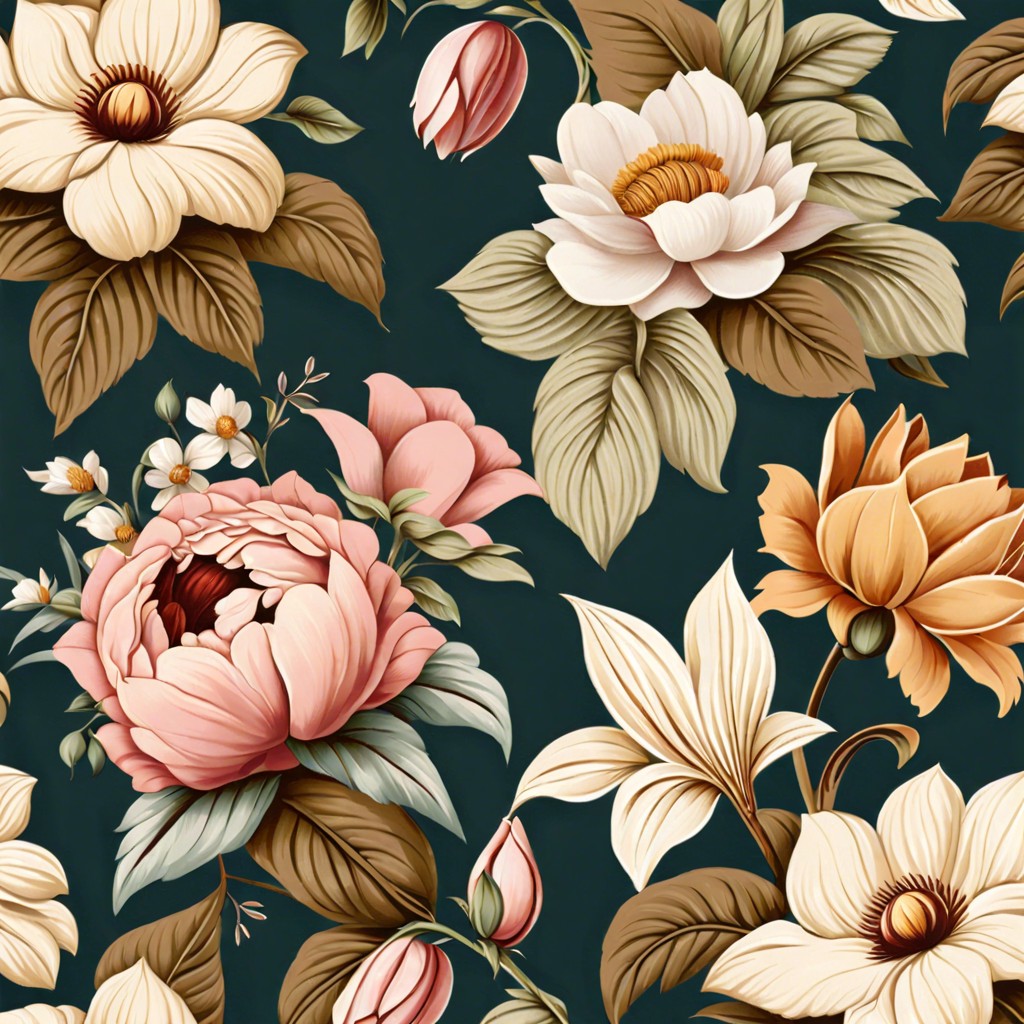
Vintage floral wallpapers offer a feast for the eyes, with blooming patterns that can instantly transport you to a bygone era. The charm of these designs lies in their ability to blend a touch of nostalgia with pastoral elegance. Depending on the period, flowers in the designs range from delicate to bold, with colors that may whisper soft pastels or shout vibrant hues.
Rococo inspired wallpapers often feature meandering vines with intricate flowers, fitting for those with a taste for the ornate. Victorian styles, on the other hand, present a more structured approach, with repeated bouquets creating a sense of order and refinement. For a dose of the eclectically whimsical, Art Nouveau styles serve a sinuous blend of natural elements with a stylized twist.
Choosing the right style hinges on the mood you aim to create. A cottage-style space invites a wallpaper with smaller, repeated floral motifs, invoking a cozy, lived-in feeling. Conversely, grander spaces can accommodate larger, bolder patterns that command attention and denote luxury.
Through pattern and color, these wallpapers can manipulate space perception. Light backgrounds with soft florals can make a room feel larger and airier, while darker backgrounds with lush blooms tend to create a feeling of intimacy and warmth.
Consider the interplay between wallpaper and furnishings. A wallpaper with a riot of flowers may best be balanced by understated furniture, allowing the walls to do the talking. In contrast, a minimalist floral pattern can serve as a subtle backdrop that complements rather than competes with other elements.
In essence, vintage floral wallpapers provide an artistic canvas through which one’s stylistic preferences and period fondness are showcased, enriching the home with visual poetry that echoes through the ages.
Historical Context of Vintage Floral Wallpapers
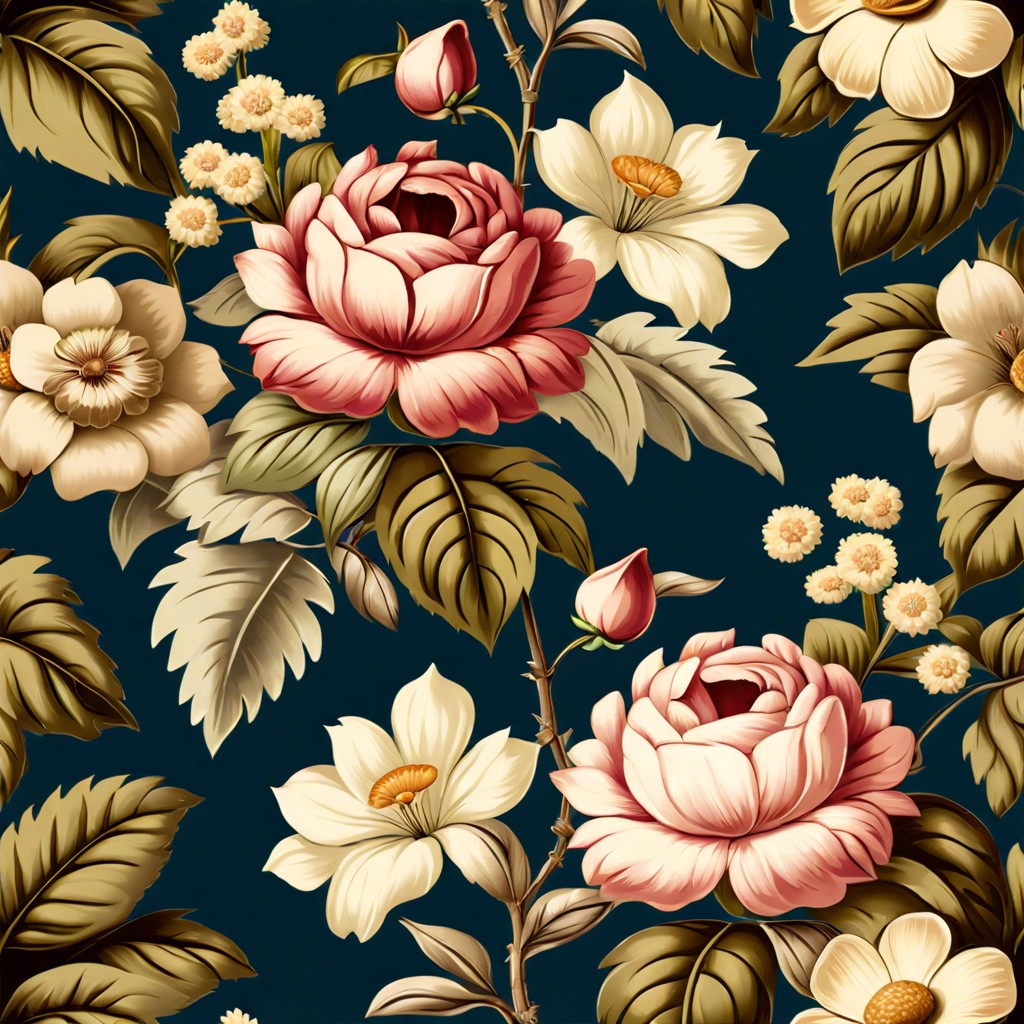
Floral patterns on wallpapers have lined the walls of homes for centuries, echoing society’s admiration for nature’s beauty. Originating in Europe during the Renaissance, these designs reflected the splendor found in the natural world and the burgeoning interest in botany and exploration. As trade routes expanded, so did the fascination with exotic landscapes and plant species, which made their way into interior design.
By the Victorian era, floral wallpapers had blossomed in popularity with advancements in printing technology allowing for mass production and affordability. Victorian homes often featured bold, opulent patterns, indicative of the values of the time where more was more. These wallpapers also displayed the era’s penchant for romanticism and detail, crammed with flora from both local gardens and far-off lands.
In contrast, the Arts and Crafts Movement of the late 19th century sought to rebel against industrialization, favoring handcrafted, simple designs that harked back to medieval times. Floral prints from this period displayed a return to stylized, artisanal beauty with the emphasis on craftsmanship over societal status.
The roaring twenties brought Art Nouveau and later Art Deco, with their respective reinterpretations of florals incorporating flowing, organic lines and geometric abstraction. As the 20th century progressed, floral motifs continued to evolve with the times, mirroring the changing tastes and artistic influences of each decade.
Installation Tips for Vintage Floral Wallpapers
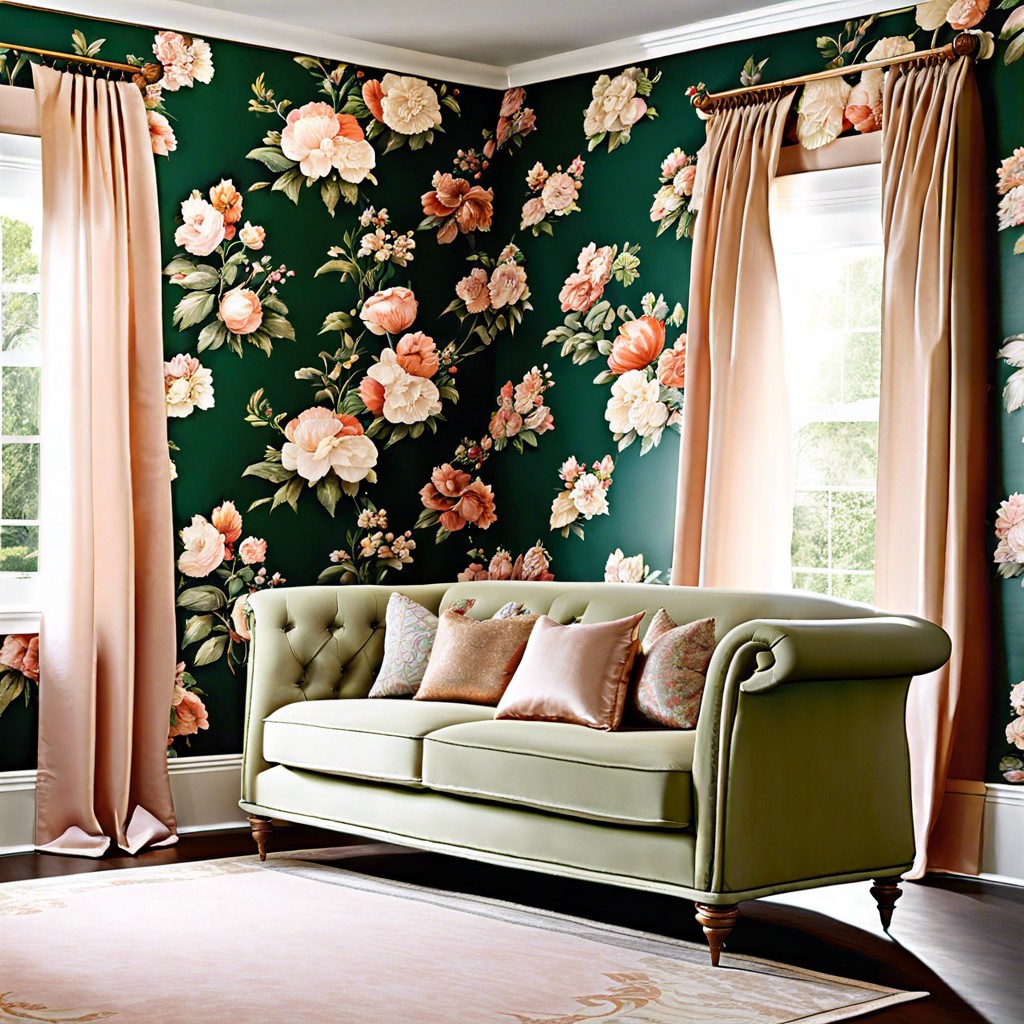
Before diving in, make sure the wall is smooth and clean; any bumps or bits of debris can cause hang-ups.
Measure twice, cut once is the mantra. Accuracy is crucial to align the flowery patterns perfectly.
Starting from the top, apply the wallpaper in small sections, smoothing out air bubbles as you go – think of it as petting a cat, gentle but firm.
Overlap slightly at the edges; it’s like a secret handshake between strips, keeping them discreetly but securely connected.
Keep a damp cloth handy. It’s for wiping away excess glue as though you’re erasing a minor error in a love letter.
Remember, patience is a virtue, especially when matching complex floral patterns. It’s like a dance where both partners need to be in sync.
Trimming excess is easier when the wallpaper is dry, akin to pruning a rose bush for the best blooms.
Don’t rush the process. Rome wasn’t built in a day, and wallpaper shouldn’t be hung in haste either.
The Revival of Vintage Floral Wallpaper in Modern Interiors
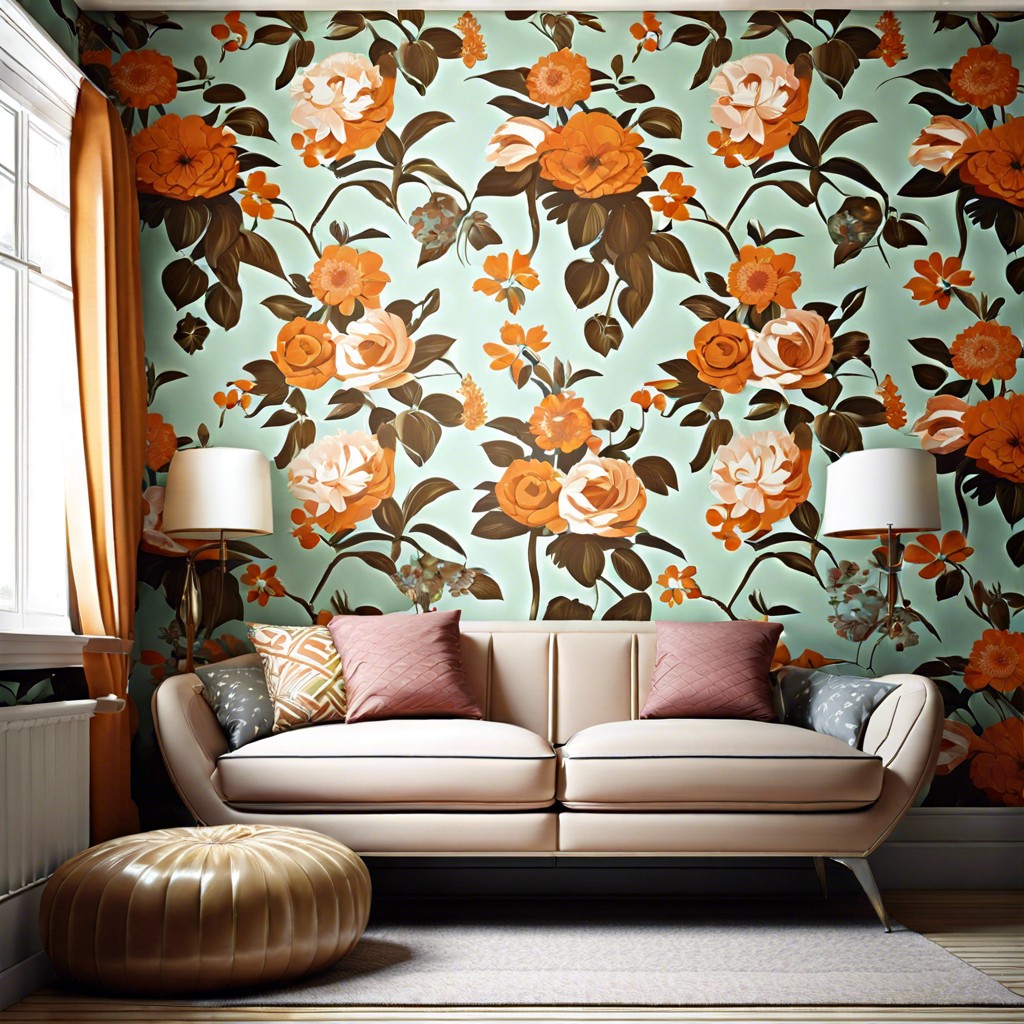
Vintage floral wallpaper has blossomed anew in modern homes, shedding its antiquated roots for a fresh, contemporary vibe. Designers blend these patterns with sleek furniture and minimalist decor to bridge the gap between old and new. This juxtaposition creates a dialogue between the past and present, making vintage floral elements both relevant and eye-catching.
Today’s interest stretches beyond mere aesthetics, reflecting a longing for connection to nature and artisan craftsmanship in a digital age. Furthermore, accent walls adorned in vibrant florals have emerged as focal points, adding character to otherwise muted spaces.
Eco-conscious consumers appreciate that many modern reproductions prioritize sustainability. High-quality inks and recyclable papers contribute to this environmentally friendly refresh. Layered amidst modern amenities, these wallpapers offer a hint of nostalgia without surrendering comfort or convenience.
In sum, the resurgence of vintage floral wallpaper is a testament to its timeless charm and adaptability, infusing history and elegance into the fabric of contemporary living spaces.
Preservation of Vintage Floral Wallpaper in Historic Homes
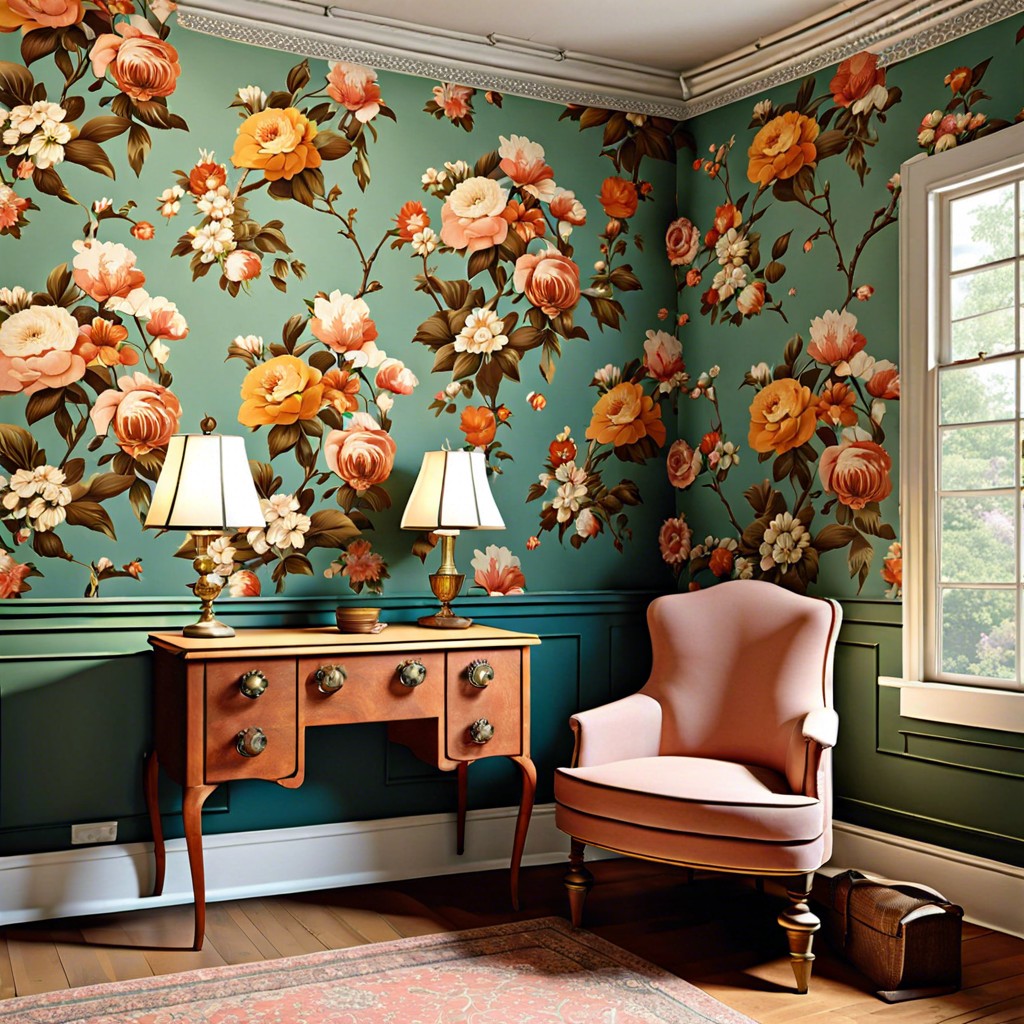
Caring for vintage floral wallpaper in historic homes requires a delicate touch and respect for the past. It’s a balancing act between conserving the charm and addressing the wear and tear of time.
First, assess the condition. Look for signs of peeling, fading, and water damage. Early detection can save these decorative artifacts from further deterioration.
Next, cleaning should be gentle. A soft, dry brush can remove surface dust. Avoid harsh chemicals or water that could compromise the paper’s integrity.
For repairs, seek professional help. Specialists use archival materials to patch tears or re-adhere loose sections. Do-it-yourself fixes often lead to more harm than good.
Climate control is crucial. Fluctuations in temperature and humidity can wreak havoc. Maintaining a stable environment preserves the wallpaper’s vibrance for years to come.
Finally, consider protective measures. UV-filtering glass or acrylic in windows can deflect damaging sunlight, while proper ventilation keeps the enemy of mold at bay.
In a nutshell, protecting vintage floral wallpaper is an art in itself. With thoughtfulness and expertise, these relics of design continue to tell their stories and enhance the character of historic homes.

